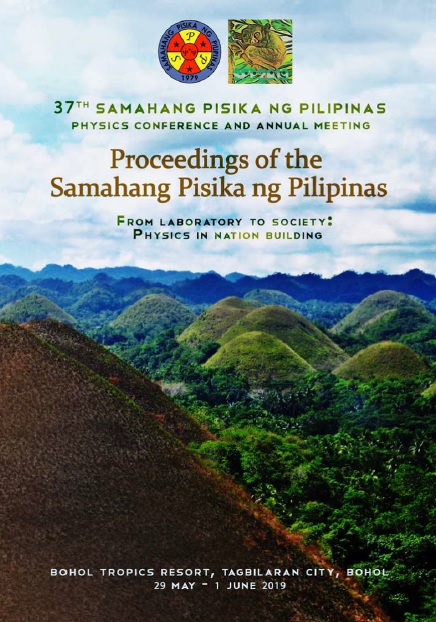Assortativity and resiliency of a Brownian bug network
Abstract
The Brownian bug model consists of an ensemble of random walkers (called bugs), that randomly undergo one of several states: (1) die, (2) divide, or (3) remain unchanged; and subsequently move to a new location with a constant step size. We evaluate the assortativity and resiliency of the Brownian bug network. We find the network is globally assortative but still has some local disassortativity. Nodes with high degrees contribute to the local disassortativity. The Brownian bug geometric network was resilient - it is capable of reproducing another node after a node has been removed. If used as a communication network, a trade-off between resiliency and cross-talk noise arises.
Downloads
Issue
From laboratory to society: Physics in nation building
29 May-1 June 2019, Tagbilaran City
Please visit the activity webpage for SPP2019 for more information on this year's conference.











